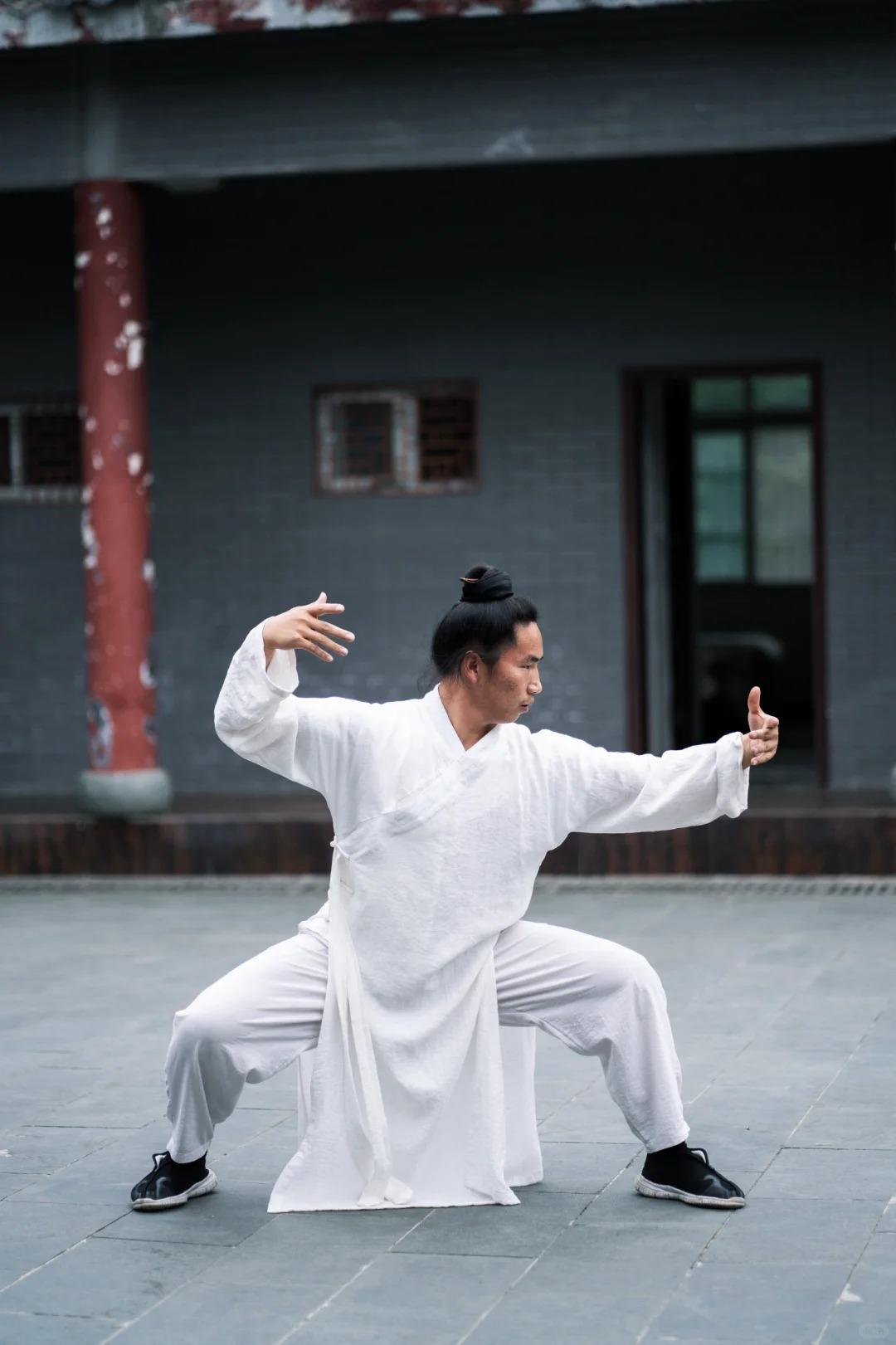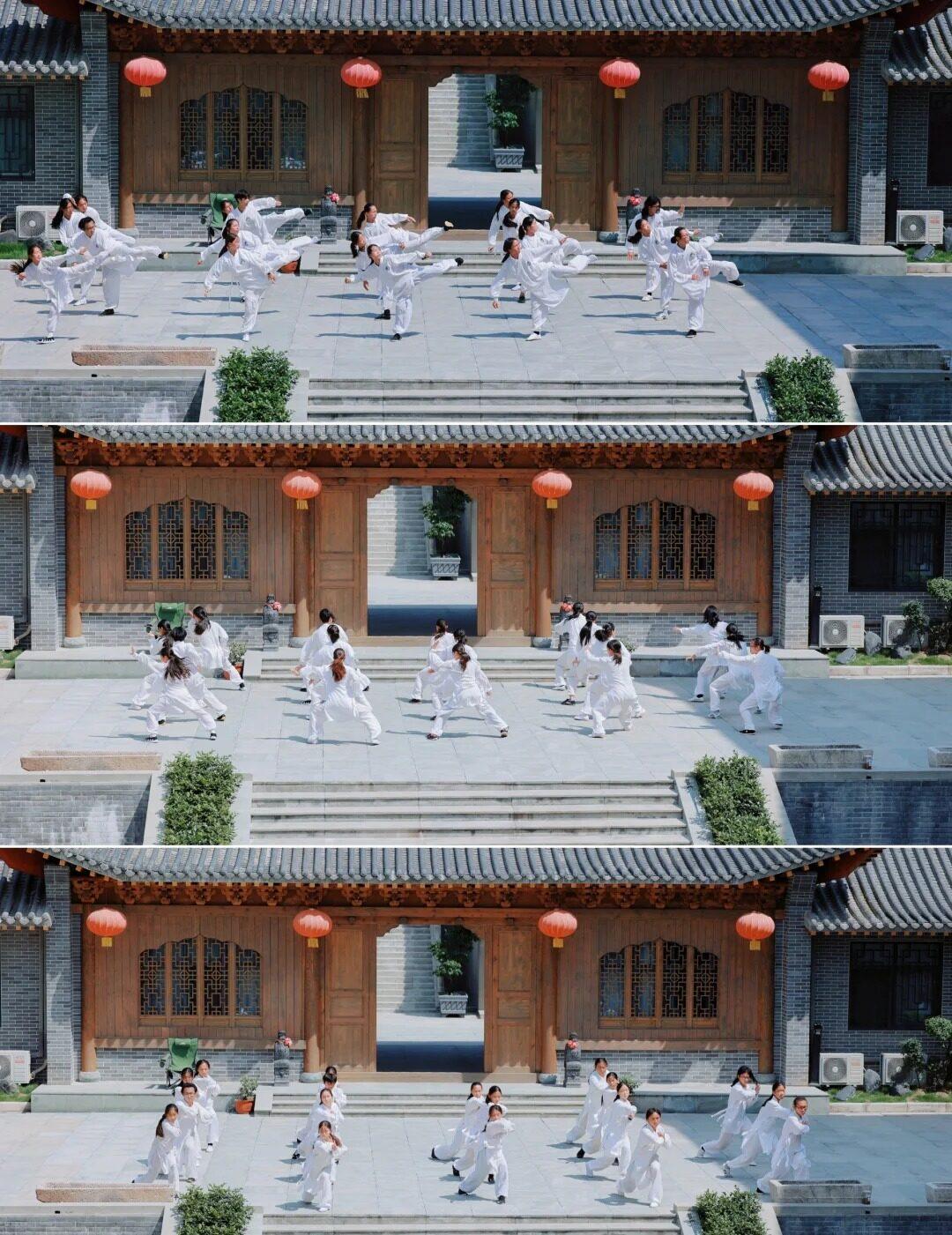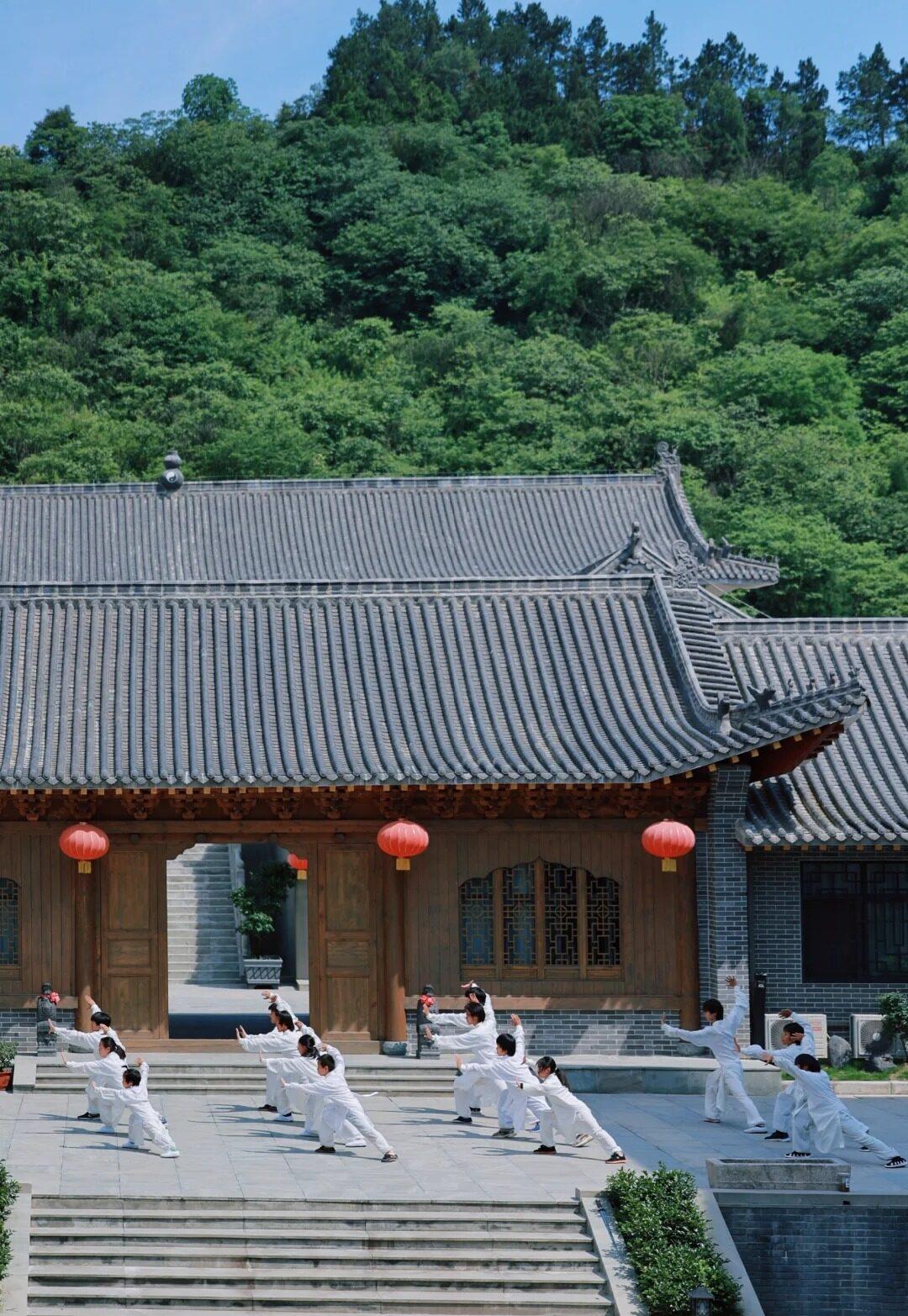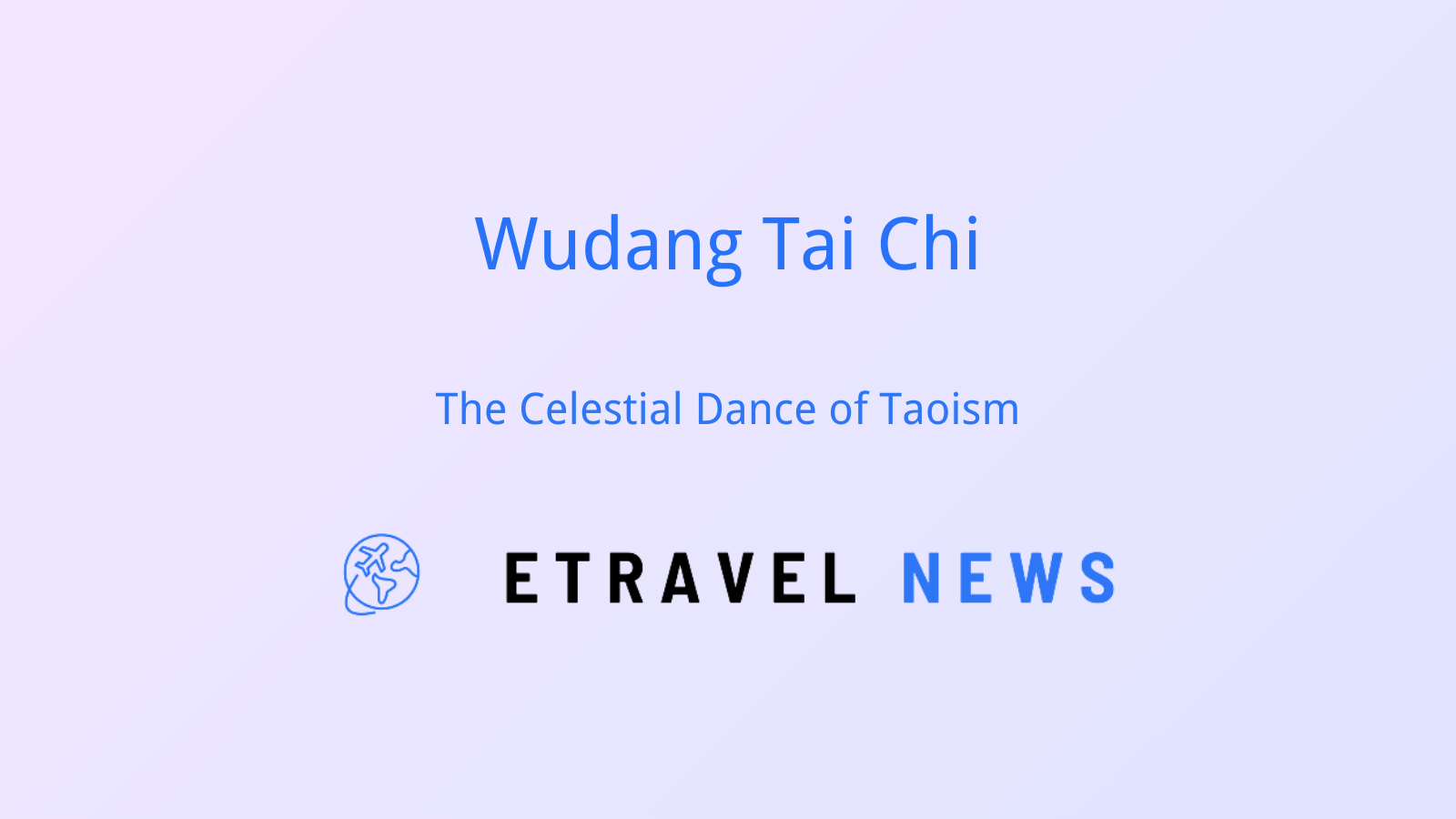Introduction to Wudang Tai Chi
Nestled in the misty peaks of the Wudang Mountains, Wudang Tai Chi emerged as a profound expression of Taoist philosophy and martial prowess. This ancient art form, deeply rooted in Chinese culture, stands apart from other Tai Chi styles with its emphasis on internal energy cultivation and spiritual development.
Born from the serene landscapes of Hubei province, Wudang Tai Chi intertwines the principles of Taoism with martial artistry. Unlike its Yang or Chen counterparts, Wudang Tai Chi places a stronger emphasis on circular movements and the manipulation of qi (life energy).
The style’s connection to the sacred Wudang Mountains imbues it with a mystical quality, attracting practitioners seeking both physical mastery and spiritual enlightenment.

Principles and Philosophy of Wudang Tai Chi
At its core, Wudang Tai Chi embodies the Taoist concept of harmony between opposing forces. The practice revolves around several key principles:
- Yin-Yang Balance: Harmonizing soft and hard, internal and external energies
- Qi Cultivation: Focusing on the circulation and refinement of internal energy
- Wu Wei: The principle of “non-doing” or effortless action
These concepts not only guide physical movements but also promote mental clarity and spiritual growth. Practitioners often report improved health, stress reduction, and a deeper sense of connection to the natural world.
The emphasis on soft power and internal energy distinguishes Wudang Tai Chi, fostering a practice that is both a martial art and a moving meditation.
Key Techniques and Forms
Wudang Tai Chi encompasses a variety of forms and techniques, each designed to cultivate different aspects of the practitioner’s skill and energy:
| Form | Description | Focus |
|---|---|---|
| 13 Form | Foundational sequence | Basic principles and energy circulation |
| 18 Form | Intermediate practice | Fluidity and martial applications |
| 28 Form | Advanced sequence | Complex movements and deep qi cultivation |
Basic stances form the foundation of practice, with movements flowing seamlessly from one to another. Breathing techniques are integral, synchronizing physical movement with internal energy flow.
Meditation plays a crucial role, often incorporated before, during, and after physical practice. Advanced practitioners may also study weapons forms, including the sword, staff, and fan.

Wudang Mountains: The Birthplace
The Wudang Mountains, a UNESCO World Heritage site, serve as both the physical and spiritual home of Wudang Tai Chi. This majestic range houses numerous Taoist temples and academies, including the famous Purple Cloud Temple and Nanyan Temple.
The natural beauty of Wudang, with its mist-shrouded peaks and lush forests, profoundly influences the art. Practitioners often speak of feeling a tangible connection to the surrounding energy, enhancing their practice.
Today, Wudang remains a vibrant center for martial arts study, attracting students from around the world seeking to immerse themselves in the birthplace of this ancient art.
Learning Wudang Tai Chi
Traditional learning in Wudang involves a holistic approach, combining physical training with philosophical study and meditation. Modern schools in the area offer programs ranging from short-term courses to years-long intensive training.
Studying in Wudang presents unique challenges, including language barriers and cultural adjustments. However, many find the experience deeply rewarding, offering insights difficult to gain elsewhere.
For those unable to travel to Wudang, international schools and online resources provide alternative learning paths. However, many masters emphasize the importance of experiencing the art in its original context.

Wudang Tai Chi in Modern Culture
Wudang Tai Chi has captured the imagination of global audiences through its portrayal in films and TV shows. Often depicted with an air of mysticism, it has contributed to a romanticized view of Chinese martial arts.
Compared to more widely known styles like Wing Chun or Shaolin Kung Fu, Wudang Tai Chi is often perceived as more esoteric and spiritually oriented. This perception has fueled growing international interest, with practitioners worldwide drawn to its blend of physical and spiritual cultivation.
The art plays a significant role in promoting Chinese culture globally, serving as a gateway to understanding Taoist philosophy and traditional Chinese values.
Experiencing Wudang Tai Chi as a Traveler
For those eager to experience Wudang Tai Chi firsthand:
- Best Times to Visit: Spring (April-May) and Autumn (September-October) offer pleasant weather for outdoor practice.
- Short-Term Options: Many schools offer 1-2 week intensive courses for beginners.
- Demonstrations: Regular performances at major temples provide insight into advanced forms.
When participating, remember to approach the practice with respect and an open mind. Dress modestly and be prepared for early mornings and rigorous training.
Wudang Tai Chi offers more than just physical exercise; it’s a journey into the heart of Chinese spirituality and martial philosophy. Whether you’re drawn to its graceful movements, health benefits, or spiritual depth, exploring this ancient art provides a unique window into China’s rich cultural heritage.






